

Renovating your home? You’re probably looking to get the most bang for your back. And investing a bit more in eco-friendly renovations can actually save you money in the long run.
There are many eco-friendly renovation ideas that can make your home greener. Sustainable home renovations minimize construction waste while increasing the energy efficiency of your home.
Despite the higher upfront cost, these sustainable renovations reduce energy bills, and can potentially increase your home’s resale value.
Plus, many of these projects come with tax credits or rebates that offer even more savings, mostly in part thanks to the Inflation Reduction Act, which offers incentives for homeowners to improve their homes’ energy efficiency.
Before you do anything else, consider getting an energy audit, in which a professional will come to your home to determine what type of energy-efficient upgrades would work for your home. This will help you prioritize which renovations to take on—plus the Inflation Reduction Act also covers up to $150 of the cost.
Here are eight home renovations homeowners may want to consider.
- Installing solar panels
- Replacing your windows
- Sealing your existing windows
- Insulating your attic
- Installing low flow fixtures
- Replacing your gas stove with an induction cooktop
- Adding programmable thermostats
- Reducing, reusing, upcycling
1. Installing solar panels
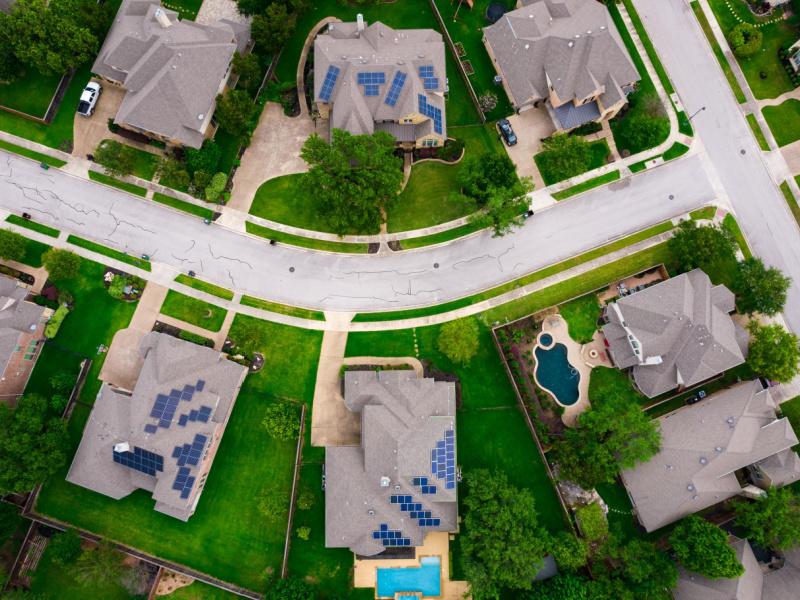
One of the most popular ways to save energy and make your home more green is to install solar panels on your roof.
Solar panels are one of the most efficient ways to generate electricity from renewable sources like sunlight and wind, and they’ve become increasingly affordable in recent years.
Installing solar panels is a great option for homeowners looking to reduce their carbon footprint. Plus, homeowners who install panels, wind turbine systems, or other renewable energy equipment may receive a 30% tax credit.
For example, if you install $9,000 in solar panels, you could receive a $3,000 tax credit for your 2022 taxes. You’ll also save an average $1,500 annually on your energy bill after switching to an energy-efficient system.
Homeowners are eligible for the 30% tax rebate through December 2032. After that, the tax credit will drop to 26% through 2033, and 22% in 2034.
2. Replacing your windows
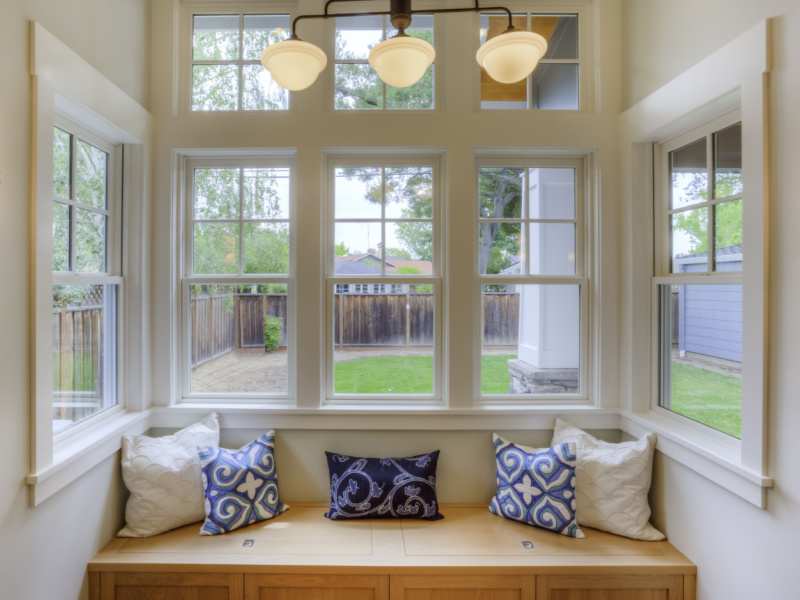
Another way to reduce energy costs and help the environment is by upgrading your windows to energy-efficient models.
Energy-efficient windows are designed with a special coating that helps keep heat inside during cold months and outside during warm months, allowing you to maintain a comfortable temperature without having to crank up your air conditioning or heating system.
Many states offer tax incentives for installing energy-efficient windows in existing homes.
3. Sealing your existing windows
Replacing all of your windows can be very costly. If you’re looking for a more affordable alternative:
- Consider spraying insulation foam around the exterior of your windows and doors
- Check for cracks around the interior side of windows and doors, and use caulk to seal any you find
- If you have old windows, reglazing any cracks in the glass itself can improve your heating and cooling bills
These simple methods help seal any gaps and prevent drafts from coming in and energy from escaping. Heating and cooling accounts for 54% of your energy bill, so any improvement can help bring down your costs.
4. Insulating your attic
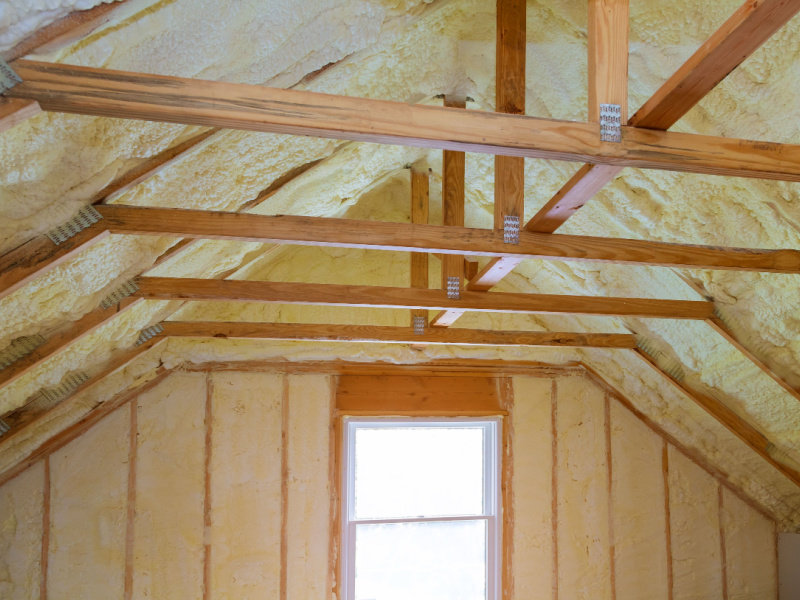
Installing insulation in your attic is a relatively affordable renovation that you can do yourself. You can blow-in wool insulation with a blower rented from a hardware store, or you can roll out recycled cotton denim insulation.
You may rarely use or think about your attic, but it’s one of the main sources of heat loss in a home, accounting for an average 25% of the total loss. The Department of Energy says a properly insulated attic can reduce your energy bill by as much as 50%.
5. Installing low flow fixtures
Low flow fixtures such as toilets, shower heads and faucets use significantly less water than standard fixtures, making them an excellent choice for anyone looking to make their home more eco-friendly.
Low flow fixtures typically use between 30% to 60% less water than standard fixtures, which can result in significant savings over time on both your water bill and energy bill (since it takes energy to heat water). Plus, many states also offer tax credits or rebates on low flow fixtures as well.
6. Replacing your gas stove with an induction cooktop
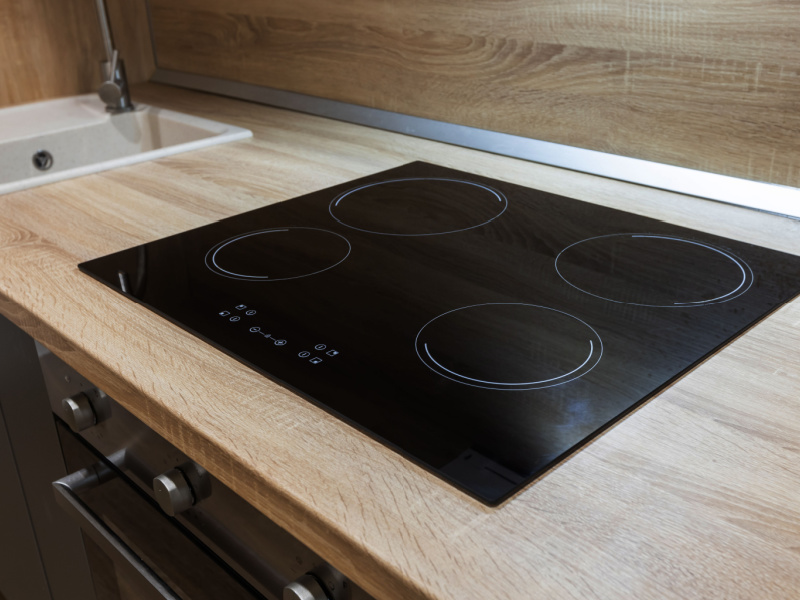
If you’re planning to remodel your kitchen with an eye towards eco-friendly living, then you might want to consider an induction cooktop.
Induction cooktops use magnetic fields to heat up your pots and pans, making them more efficient than traditional gas or electric cooktops: up to 84% more energy-efficient, and 30-50% faster.
Since they don’t generate any heat themselves, they’re safer to use than gas cooktops, making them a great option if you have kids or pets. One caveat: You might have to upgrade some of your cookware to be compatible with your new induction set-up.
Have other appliances you’re considering upgrading? Homeowners can score long-term savings by switching to greener appliances—you may be eligible for a maximum of $14,000 in tax credits for buying and installing energy-efficient home appliances or making efficient home upgrades.
7. Adding programmable thermostats
Programmable thermostats can be set to produce less air conditioning or heat when you’re away or sleeping, reducing your total energy consumption.
They can also help you to save money on your energy bills.
By making small adjustments to your heating and cooling schedule, you can significantly reduce your energy use—good news for both your wallet and the environment.
8. Reducing, reusing, upcycling
One way to reduce your carbon footprint and make your home more eco-friendly is by furnishing it with pre-owned materials.
This can include anything from recycled construction materials to reclaimed wood. Not only will this help to reduce the amount of waste that goes into landfills, but it can also end up saving you money in the long run.
Make sure that these materials are still in good condition and that they meet all safety standards, and keep in mind that some materials may not be as durable as their new counterparts.
By the way, after you renovate, you can donate gently used construction materials and appliances to places like Habitat for Humanity’s ReStore locations. (And if you’re a Lemonade homeowner, you can further support Habitat for Humanity’s work through our Giveback program throughout the year!)
Before we go…
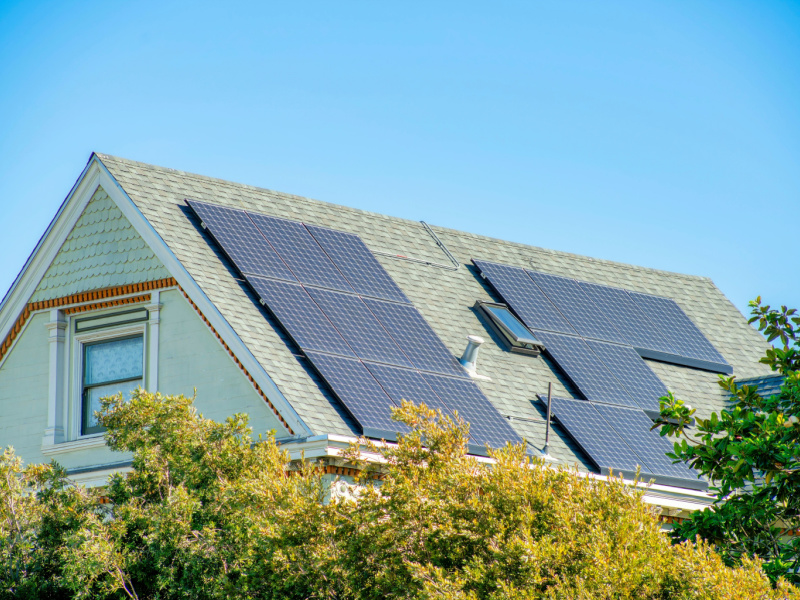
Making your home more eco-friendly doesn’t have to be expensive or difficult; there are plenty of budget-friendly options available that can help reduce your carbon footprint without breaking the bank.
From solar panels and energy efficient windows to low flow fixtures and other minor upgrades, there are plenty of different ways homeowners can make their homes greener this year—all while saving money on taxes.
If you do decide that this is the year you’ll pursue your home renovation project, you’ll want to reach out to your homeowners insurance company as soon as you know you’ll be renovating to make sure that you’ll be adequately covered.
And if you insure your home with Lemonade, you have even more ways to contribute to positive environmental action through our Giveback program. When you get your first policy, you choose a cause you care about, including environmental organizations. Part of what you pay supports nonprofits throughout the year.
A few quick words, because we <3 our lawyers: This post is general in nature, and any statement in it doesn’t alter the terms, conditions, exclusions, or limitations of policies issued by Lemonade, which differ according to your state of residence. You’re encouraged to discuss your specific circumstances with your own professional advisors. The purpose of this post is merely to provide you with info and insights you can use to make such discussions more productive! Naturally, all comments by, or references to, third parties represent their own views, and Lemonade assumes no responsibility for them. Coverage and discounts may not be available in all states.




